Burghley Park Course Review
After recent changes to the layout, we visit one if Lincolnshire's premier courses.
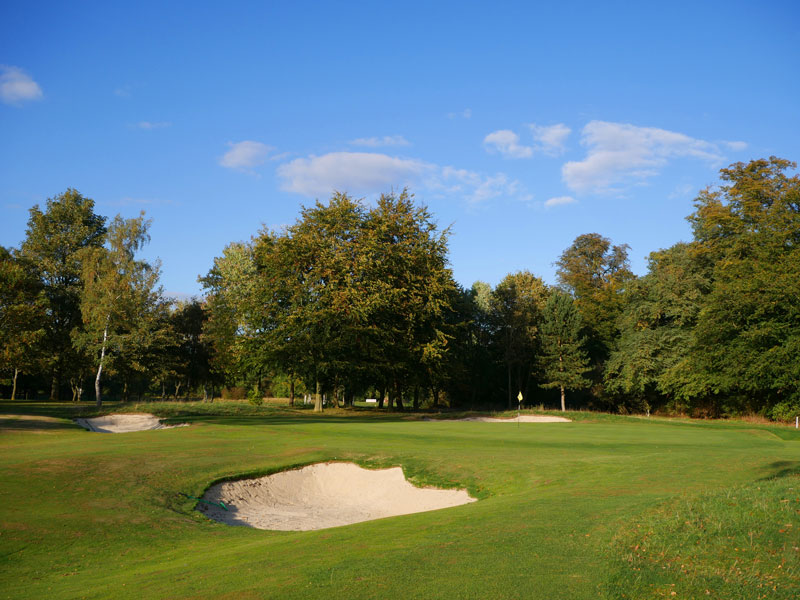
Burghley Park Course Review - We visit Burghley Park Golf Club, one of Lincolnshire's premier golf courses, to assess the recent changes to the layout
Burghley Park Course Review
Burghley Park Golf Club is situated within the grounds of the prestigious Burghley House in Stamford, Lincolnshire. Established in 1890 and with Mark James listed as one of the notable former members, it has become one of the most admired courses in the East Midlands.
In 2015, a Course Improvement Programme was initiated to re-establish the course's standing within the area and it is steadily progressing towards this goal.
Part of the Programme involved significant changes to the course design to improve the layout and course condition. This has led to the removal of all but one of the water hazards, which were deteriorating rapidly and proving difficult to maintain in a costly fashion.
The greenside ponds on the 3rd, 6th, and 15th holes have been been replaced with bunker complexes more in keeping with the natural terrain with removal of the final pond in front of the 17th green planned for the near future.
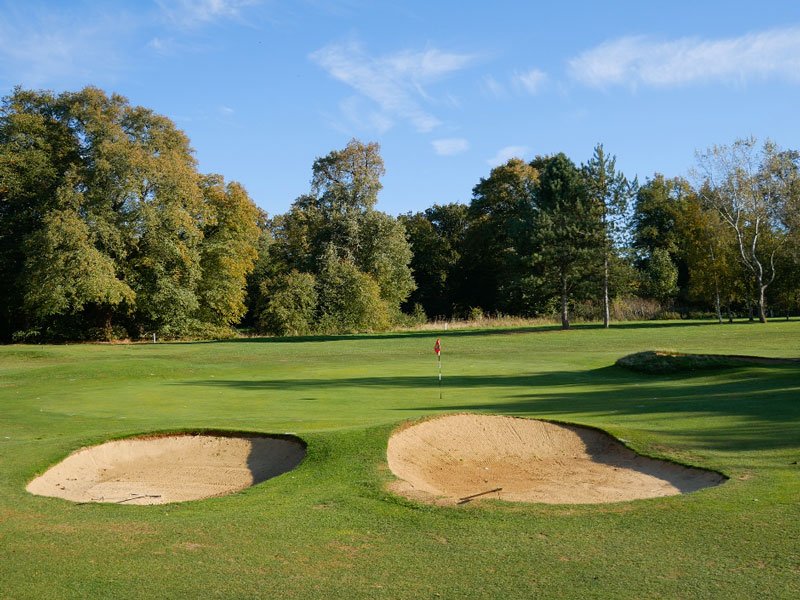
Another big change has comprised the significant removal of trees, the smaller ones making way to allow the larger trees to flourish, while also providing extra space for grasses to grow in the surrounds. This has made the course marginally more playable, but it’s still unlikely you’ll have a clear shot to the green after a wayward drive.
Subscribe to the Golf Monthly newsletter to stay up to date with all the latest tour news, equipment news, reviews, head-to-heads and buyer’s guides from our team of experienced experts.
The abundance of woodland places a premium on accuracy from the tee and this begins on the very first hole, a par four with out of bounds lurking down the left and large trees gobbling up any bail outs on the other side. In fact, it is one half of an opening double act that could easily wreck a card before settling into your round.
Respite comes at the par-three third, which is no more than a nine-iron but has bunkers left and long to catch your attention. Long hitters may have a crack at the green on the par-four fourth although the green is heavily protected by bunkers and further afield, groups of densely packed trees.
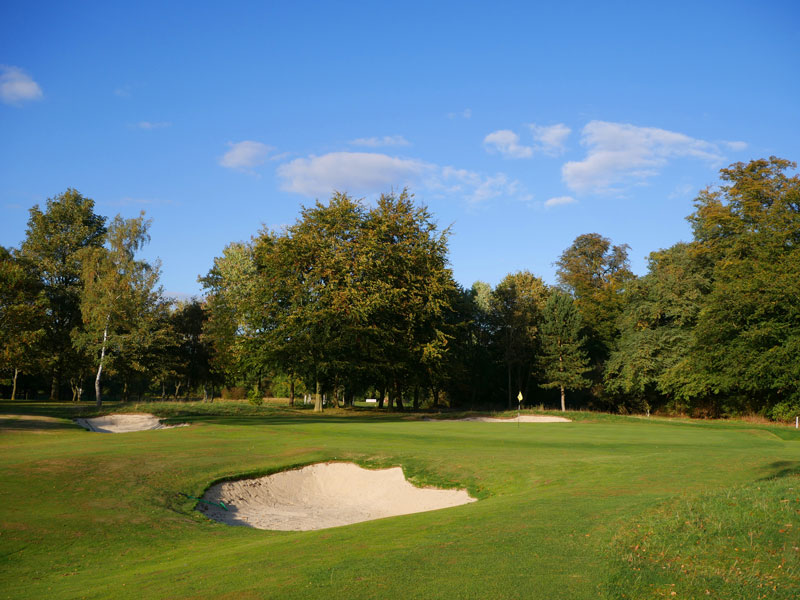
The fifth is one of the most difficult holes on the course, requiring a long, straight drive to bring the green into view but only a well-struck long iron will find it. The 290-yard par-four sixth features a new tee box further back and to the right and along with a large bunker at around 250 yards to carry, discourages golfers to go for the green. But with the water hazard gone, big hitters capable of playing a fade will surely fancy their chances of a birdie , even if they find the greenside trap.
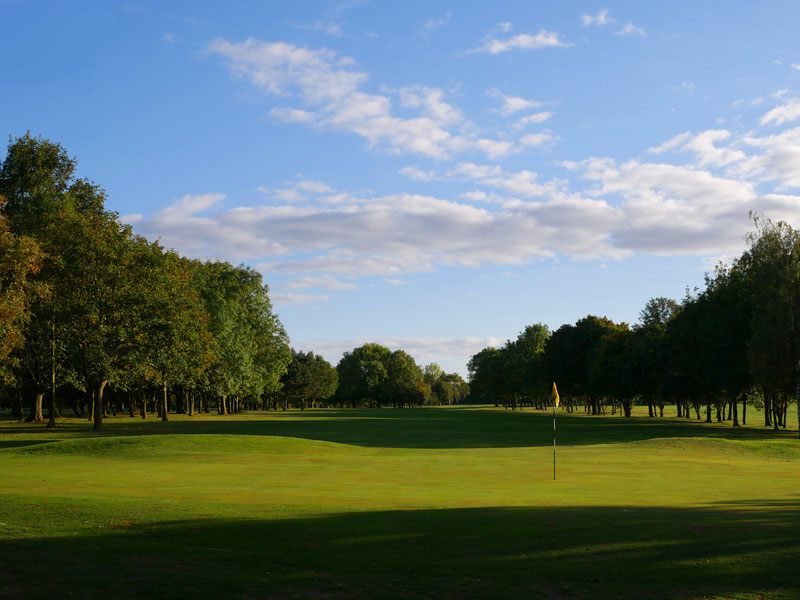
The eighth is the first of the two par-fives, a dog leg to the right that starts to bend frustratingly beyond the driving area and with a tree residing on the corner, it’s almost impossible to get a clear shot to the green. A lay-up will leave a short iron in to a green that pitches heavily from back to front and is guarded by bunkers short left and right.
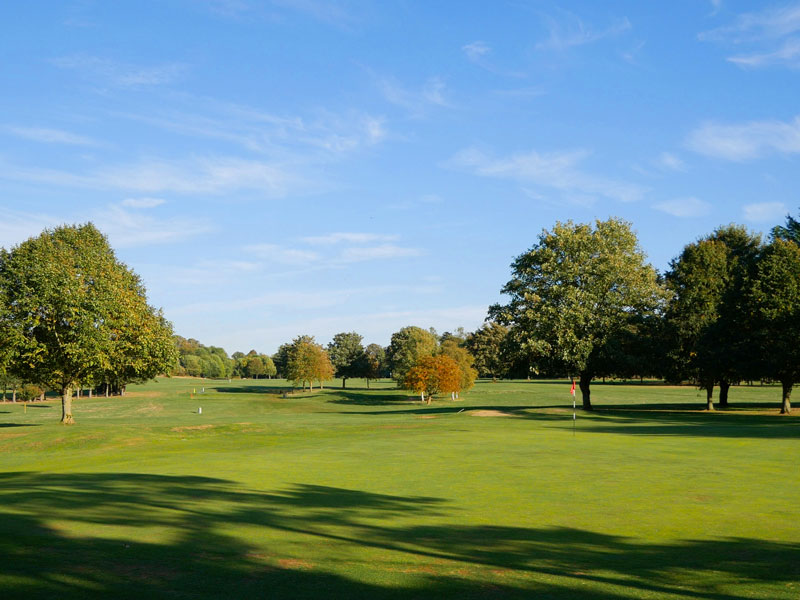
A par on the long par-three ninth is always a good score, especially when the prevailing crosswind is at its strongest. The straight par-four 10th is a gentle start to the back nine, followed by a 90-degree dogleg on the par-four 11th, arguably one of the most picturesque approaches on the course.
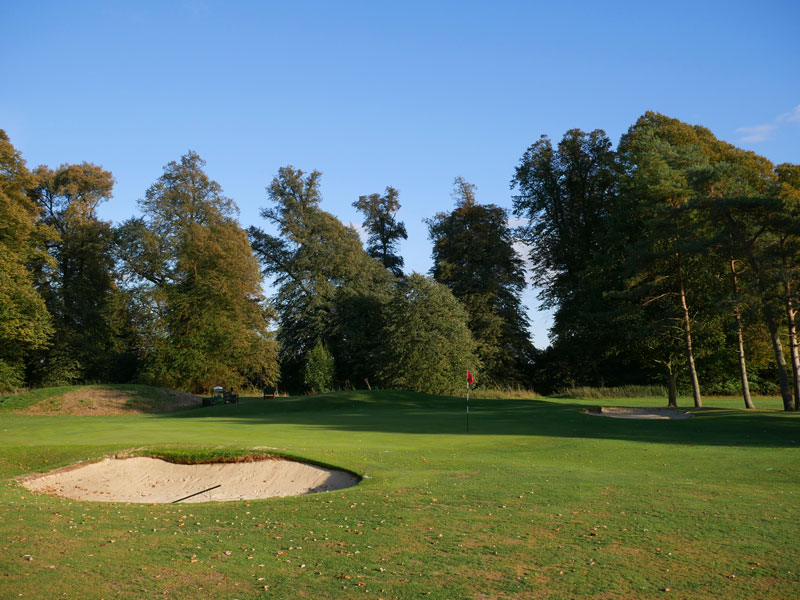
The 12th is another hole on which par is a good score due to the out of bounds poised to hoover up a hook. On the 13th, new larger bunkers on both sides make it one of the hardest greens to find and it precedes the 14th, statistically the hardest hole on the course and it is no wonder. At 450 yards with out of bounds all the way along the left side of the hole and one of the narrowest fairways on the course, it asks a very tough question of your nerve and skill at such a pivotal point in the round.
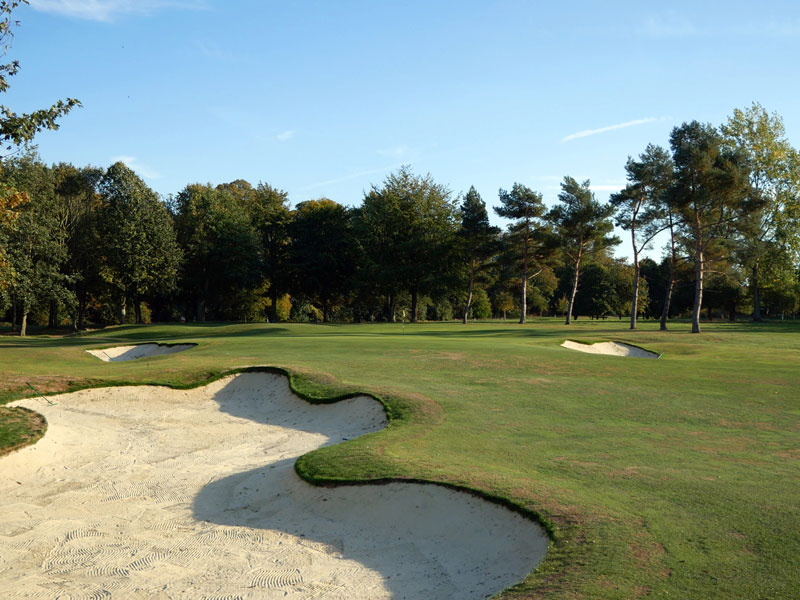
While the large pond may have been removed from the left of the green on the 15th, two new bunkers on either side of the fairway mean it is no less of a test. Avoid them, and you’ve done extremely well, and a mid-iron approach to a green that slopes away from you makes it difficult to hold during the summer.
The green on the par-three 16th is perhaps one of the course's more disappointing features, a two-tier complex with a steep mound separating them that wreaks havoc with your tee shot and approach putt should you find the wrong tier.
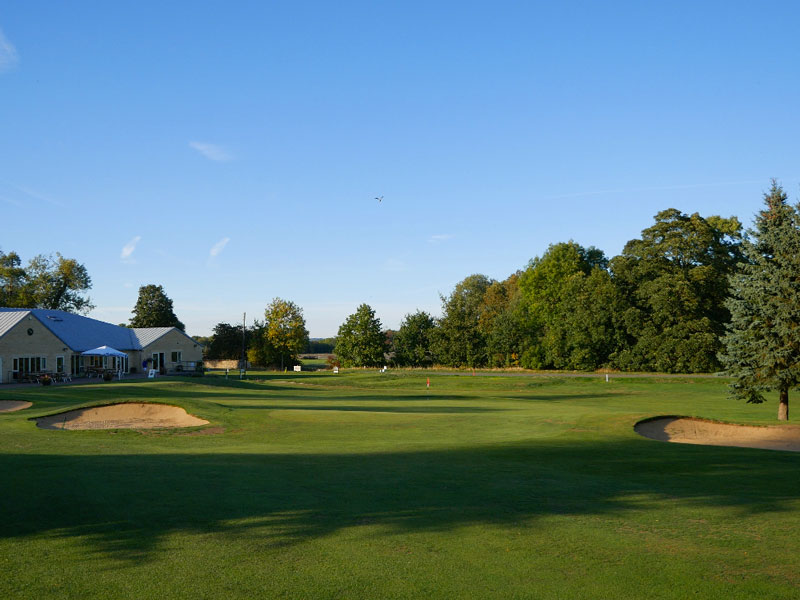
The 17th is a gentle straight par four that provides brief respite before the par-five 18th. It's a tricky tee shot with small pockets of trees right and out of bounds to the left. The long hitters may be able to reach in two in the summer after a good drive but approach shots are made difficult by the green, which sits well below the level of the fairway down a severe slope.
The prolonged period of hot, dry weather this summer has taken its toll on the course condition, as it has done for many courses up and down the UK. As the course continues to recover, and the fine grasses begin the flourish, Burghley Park Golf Club is well on its way to becoming a top 10 course in the East Midlands.